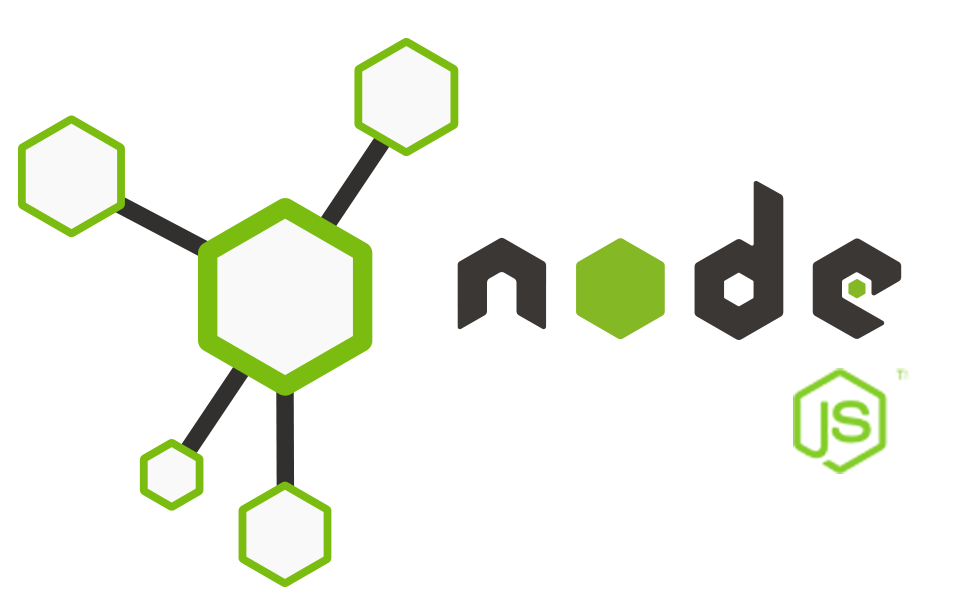Node.js is a platform for writing JavaScript applications outside web browsers. This is not the JavaScript we are familiar with in web browsers! For example, there is no DOM built into Node.js, nor any other browser capability.
Beyond its native ability to execute JavaScript, the bundled modules provide capabilities of this sort:
- Command-line tools (in shell script style)
- An interactive-terminal style of program that is Read-Eval-Print Loop (REPL)
- Excellent process control functions to oversee child processes
- A buffer object to deal with binary data
- TCP or UDP sockets with comprehensive event-driven callbacks
- DNS lookup
- An HTTP, HTTPS, and HTTP/2 client/server layered on top of the TCP library filesystem access
- Built-in rudimentary unit testing support through assertions
The network layer of Node.js is low level while being simple to use.
For example, the HTTP modules allow you to write an HTTP server (or client) using a few lines of code. This is powerful, but it puts you, the programmer, very close to the protocol requests and makes you implement precisely those HTTP headers that you should return in request responses. NodeJS Course
Typical web application developers don't need to work at a low level of the HTTP or other protocols. Instead, we tend to be more productive, working with higher-level interfaces. For example, PHP coders assume that Apache (or other HTTP servers) is already there providing the HTTP protocol and that they don't have to implement the HTTP server portion of the stack. By contrast, a Node.js programmer does implement an HTTP server to which their application code is attached. NodeJS Online Training
To simplify the situation, the Node.js community has several web application frameworks, such as Express, providing the higher-level interfaces required by typical programmers. You can quickly configure an HTTP server with baked-in capabilities such as sessions, cookies, serving static files, and logging, letting developers focus on their business logic. Other frameworks provide OAuth 2 support, or focus on REST APIs, and so on.
Node.js is not limited to web service application development. The community around Node.js has taken it in many other directions,
Build tools: Node.js has become a popular choice for developing command-line tools used in software development or communicating with service infrastructure. Grunt and Gulp are widely used by frontend developers to build assets for websites. Babel is widely used for tran-spiling modern ES-2016 code to run on older browsers. Popular CSS optimizers and processors, such as PostCSS, are written in Node.js. Static website generation systems such as Metalsmith, Punch, and AkashaCMS, run at the command line and generate website content that you upload to a web server.
Web UI testing: Puppeteer gives you control over a headless-Chrome web browser instance. With it, you can develop Node.js scripts controlling a modern full-featured web browser. Typical use cases involve web scraping and testing web applications.
Desktop applications: Both Electron and node-WebKit (NW.js) are frameworks for developing desktop applications for Windows, macOS, and Linux.
These frameworks utilize a large chunk of Chrome, wrapped by Node.js libraries, to develop desktop applications using web UI technologies. Applications are written with modern HTML5, CSS3, and JavaScript, and can utilize leading-edge web frameworks, such as Bootstrap, React, or AngularJS. Many popular applications have been built using Electron, including the Slack desktop client application, the Atom, and Microsoft Visual Code programming editors, the Postman REST client, the GitKraken GIT client, and Etcher, which makes it incredibly easy to burn OS images to flash drives to run on single-board computers. NodeJS Online Training Hyderabad
Mobile applications: The Node.js for Mobile Systems project lets you develop smartphone or tablet computer applications using Node.js, for both iOS and Android. Apple's App Store rules preclude incorporating a JavaScript engine with JIT capabilities, meaning that normal Node.js cannot be used in an iOS application. For iOS application development, the project uses Node.js-on-ChakraCore to skirt around the App Store rules. For Android application development, the project uses regular Node.js on Android. At the time of writing, the project is in an early stage of development, but it looks promising.
Internet of Things (IoT): Reportedly, it is a very popular language for Internet-of-Things projects, and Node.js does run on most ARM-based single-board computers. The clearest example is the NodeRED project. It offers a graphical programming environment, letting you draw programs by connecting blocks. It features hardware-oriented input and output mechanisms, for example, to interact with General Purpose I/O (GPIO) pins on Raspberry Pi or Beaglebone single-board computers.
Server-side JavaScript
Quit scratching your head already! Of course, you're doing it, scratching your head and mumbling to yourself, "What's a browser language doing on the server?" In truth, JavaScript has a long and largely unknown history outside the browser. JavaScript is a programming language, just like any other language, and the better question to ask is "Why should JavaScript remain trapped inside browsers?". NodeJS Course
Back in the dawn of the web age, the tools for writing web applications were at a fledgling stage. Some were experimenting with Perl or TCL to write CGI scripts, and the PHP and Java languages had just been developed. Even then, JavaScript saw use on the server-side. One early web application server was Netscape's LiveWire server, which used JavaScript. Some versions of Microsoft's ASP used JScript, their version of JavaScript. A more recent server-side JavaScript project is the RingoJS application framework in the Java universe. Java 6 and Java 7 were both shipped with the Rhino JavaScript engine. In Java 8, Rhino was dropped in favor of the newer Nashorn JavaScript engine.




Comments
Post a Comment